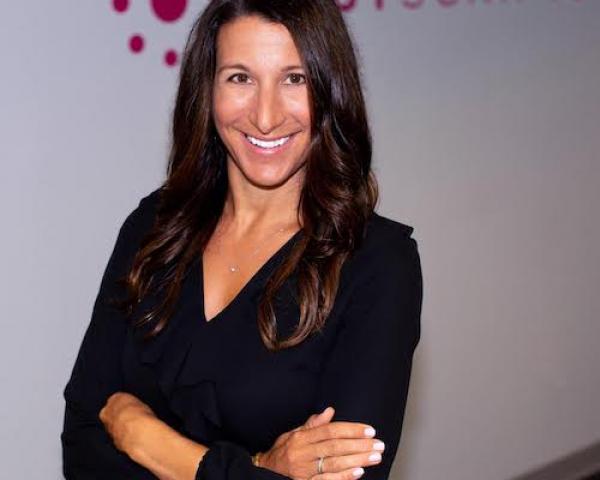There is a misconception in the healthcare field that technological innovation is opposed to the philosophy of holistic care. Tech is viewed as artificial, manufactured and impersonal — it values human experience only for the sake of developing better algorithms and treats the physical body of the patient without care for their personhood.
In contrast, holistic care is seen as organic and natural, elevating the physical, emotional and spiritual needs of an individual and seeing, not a patient, but a person with a particular and unique social and cultural background.
It is easy to see why those invested in whole person care have resisted the march of innovation or flat out rejected it.
But to see these two things in tension is to ignore the character of technology — that is, as a tool rather than an end in itself. Take the smartphone. It can be used to ignore interpersonal connections, while endlessly scrolling through social media feeds or web content — but it has also provided the means of keeping up and strengthening interpersonal connections, through video chat, text messaging, phone calls and countless other forms of communication.
The lesson of the smartphone generation? Tech is what you make of it.
And that lesson should be applied to tech’s role in healthcare. Tech is not a threat to holistic care, but rather a means to scale its interpersonal experiences, and we need to start viewing it in that light. Tech overcomes the real threat to holistic care — human limitation.
In an ideal world, caregivers would be available 24/7 to hand deliver personalized care to their patients. In a tech-enabled world, we can come close to realizing this vision, as digital tools provide the means to extend care into a person's home while overcoming the physical obstacles of distance and time exacerbated by the shortage of caregivers.
See also: Can InsurTech Make Miracles in Health?
Of course, the philosophy of holistic care is not based solely on interactions between patient and caregiver. In fact, if holistic care is successful, the need for a caregiver drops away, as the goal is to create independent individuals who can sustain and manage their own health.
Tech can foster this independence through delivering accessible educational content to patients right where they are, enabling them to take an active role in their own health and become self-reliant. From this angle, the patient is not just another diagnosis, but an individual who with the proper means can be empowered to control their own health and wellness. Tech can aid that patient to learn about and be encouraged to pursue healthy lifestyle choices that fit their individual needs, and can keep them off medications and out of the hospital: a primary goal of holistic care.
This type of individualized care plan is made possible by “big data” — the very algorithms that at first glance seem so impersonal, reducing the patient to a statistic. Far from depersonalizing care, these are at the heart of driving the shift from diagnostic to preventative care, revealing novel insights and helping to create plans that are tailored to the individual person and encourage patients to view themselves as uniquely structured individuals whose care management should reflect that, and not be delivered through a one-size-fits-all approach.
See also: Social Determinants of Workforce Health
Imagine a world where the human connection of whole person care isn’t limited to physical touchpoints, where, instead of reaching five or 10 patients in a day, a care provider can reach hundreds. A world where hospitals are empty from preventable admissions and the drug industry unnecessary except in exceptional cases, where redundant protocols don’t exist.
This is the promise that technology has fulfilled in other industries, and it’s time that the champions of holistic healthcare set aside their skepticism to take a second look
Intersection of Tech and Holistic Health
Holistic healthcare providers see technology as depersonalizing. In fact, tech is at the heart of moving from diagnosis to prevention.






